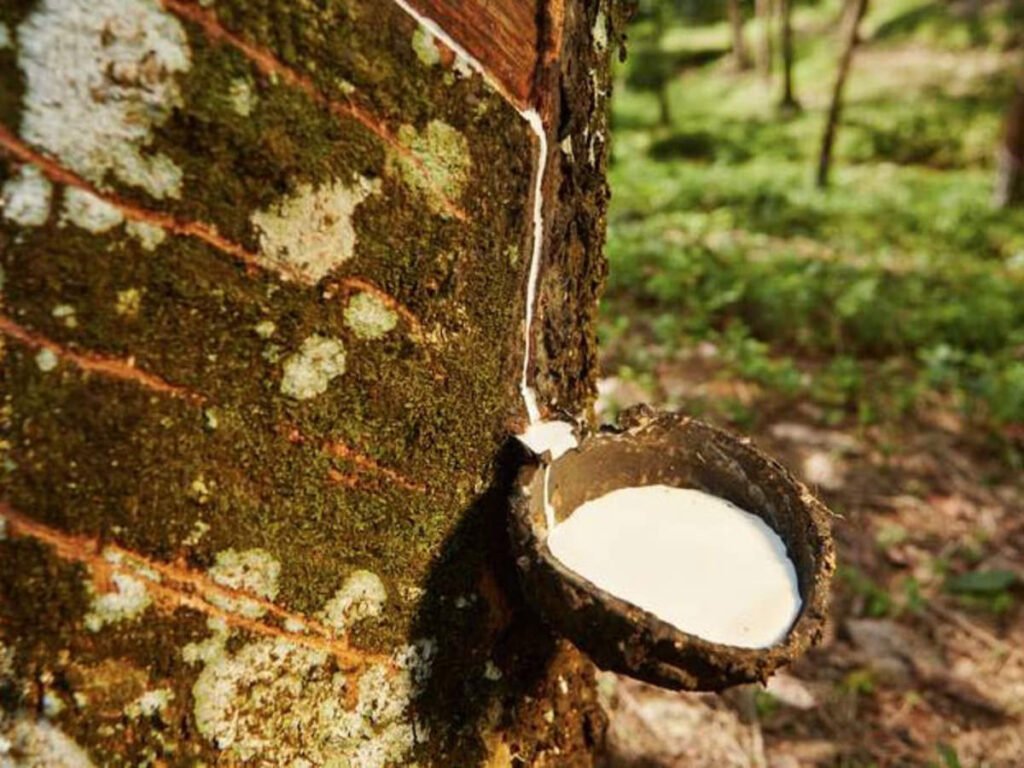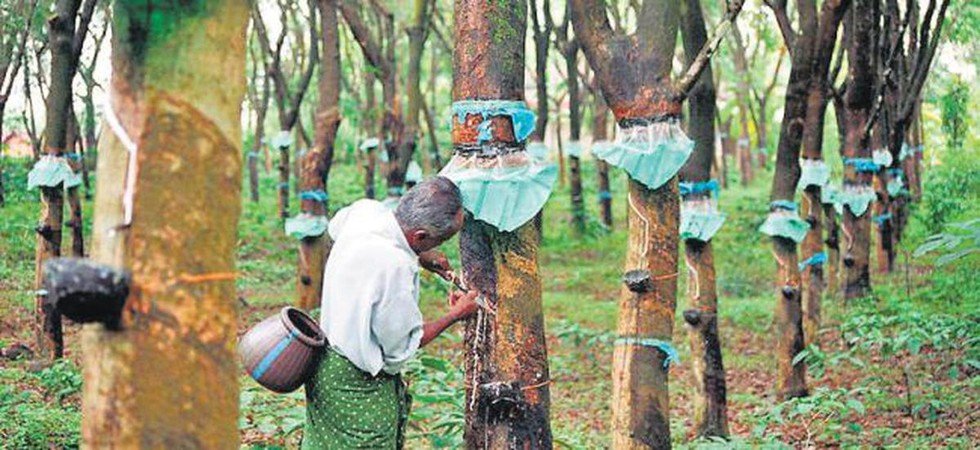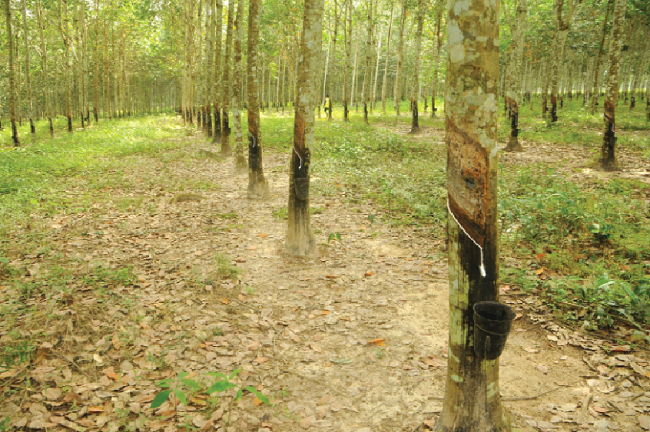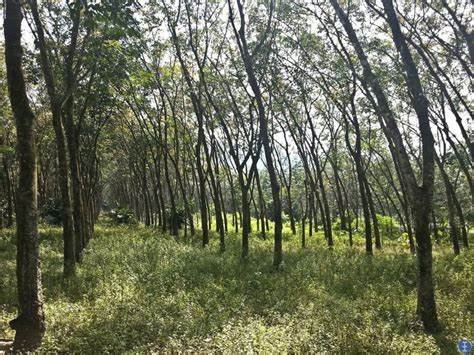Most Ghanaians are aware that Malaysia which is currently dominating the world palm oil market started the establishment of oil palm plantations with planting materials from here but did not know that rubber plantation – another huge cash cow for the country.
In a video monitored by Kobby Kyei News, a Malaysian in the tourism sector has revealed that the first ever rubber tree planted in the country was transported from the Republic of Ghana. This has generated lots of conversations.
Research has it that, as of 2019, Malaysia was ranked as the sixth largest producer and exporter of Natural Rubber and is a leading producer of rubber products. It is also the largest consumer of natural rubber and the world’s largest rubber gloves producer. In 2020, Malaysia’s annual rubber gloves exports were valued at US$7.3 billion (RM29.8 billion).
The COVID-19 pandemic led to an increased demand for rubber gloves, reporting an annual growth of 12% year over year.
Malaysia contributes to 46 percent of total rubber production in the world and produces about 1-5 million tons of rubber annually. Rubber manufacturers in Malaysia include local smallholders, plantations, multinationals and joint ventures with the United States, Europe, and Japan.
The R&D infrastructure developed by Rubber Research Institute of Malaysia and Malaysian Rubber Board has made significant contributions and serves as a comprehensive R&D set up for a single commodity. Malaysia also produces specialty rubber such as the epoxidized natural rubber (Ekoprena) and deproteinized natural rubber (Pureprena) that can be used in green tires and engineering products. It was made to capitalize on the growing preference for natural and renewable materials.
Natural rubber was a crucial pillar of Malaysia’s export-oriented economy for the majority of the 20th century, according to the website of Economic History of Malaya (EHM), a project maintained by the Asia-Europe Institute of Universiti Malaya and directed by Perak ruler Sultan Nazrin Shah.
“The massive boom in rubber trade came in the first decade of the 20th century as prices rose as a result of the spectacular upsurge in demand from the US automobile industry and the related demand for rubber tyres.
“As global demand for natural rubber increased and rubber prices rose sharply towards the end of the first decade of the 20th century, rubber planting became highly profitable and rubber plantations spread across the Malay Peninsula. Initially, most rubber planting took place in Perak, Selangor, Negeri Sembilan and Johor — states where infrastructure already existed and was expanding,” says EHM.
“By the 1930s, Malaya had become the world’s largest natural rubber producer. The use of an improved method of tapping to extract the maximum flow of latex with the minimum damage to trees helped increase supply,” says EHM.














